Yes definitely. The pressure will drop along the vapor pressure curve all the way to the triple point, gently boiling all the way if you remove the heat from the vapor and not directly from the water.
- 13 Posts
- 10 Comments
I decided to translate the worksheet into GLSL code on shadertoy. It was really cool to see the gradients and sub-coordinate systems represented by the intermediate variables in the calculation. Smoke and mirrors. Maybe you might have some insight into some of the calculations. https://www.shadertoy.com/view/cllBzM
Any ideas?
I was thinking of doing three separate GOL simulations, one on each RGB channel, and letting the colors mix that way into like 6 colors. right now, I clamp the pixel brightness values to 0 or 1, so that’s why it’s black/white, or rather black/green.
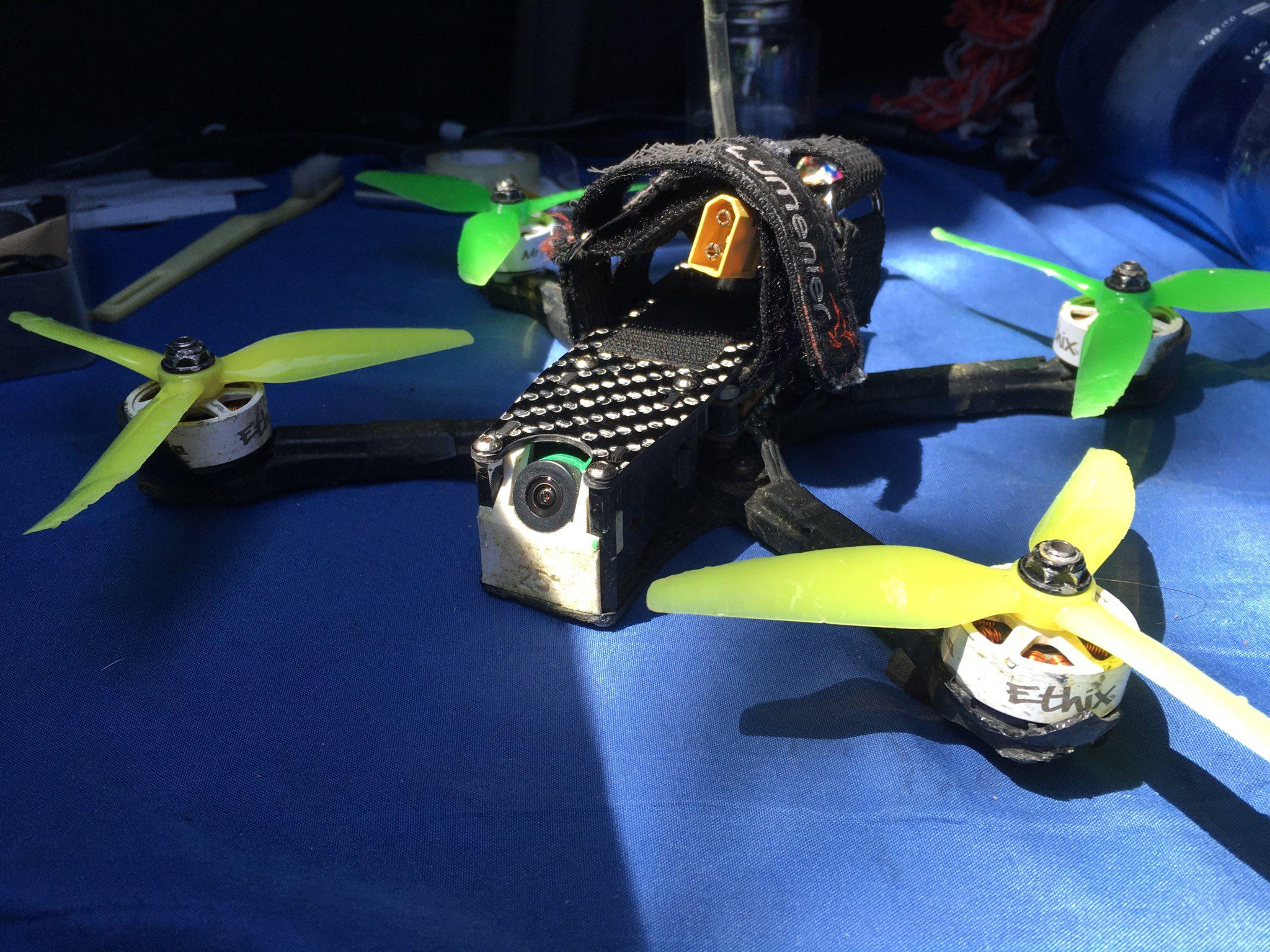
 1·1 year ago
1·1 year agoI thought there was something slightly peculiar about the narration.

 7·1 year ago
7·1 year agoIt’s very difficult and dangerous to be near an MRI ‘shutting down’. Assuming what you mean is turning of the magnet. The magnet is always on, its a coil of superconducting wire submerged in liquid helium with a very large permanent current flowing around it. In order to turn off the magnet quickly, the electric current must be quenched, which can happen if the coil every stops being a super conductor. The current starts heating the coil, causing the liquid helium to boil off, which doesn’t cool the coils as efficiently, and causes a rapid run-away effect where huge volumes of helium explode out of the machine, displacing all the breathable air in the room and blasting all the doors off their hinges, maybe even breaking windows. There’s a lot of energy stored in the coil. It’s not easy to turn it off.
Look up videos of MRI quenching

 1·1 year ago
1·1 year agoThe internet is a series of tubes.

 2·1 year ago
2·1 year agoThanks, I fixed it

 2·1 year ago
2·1 year agoYou’re getting it.
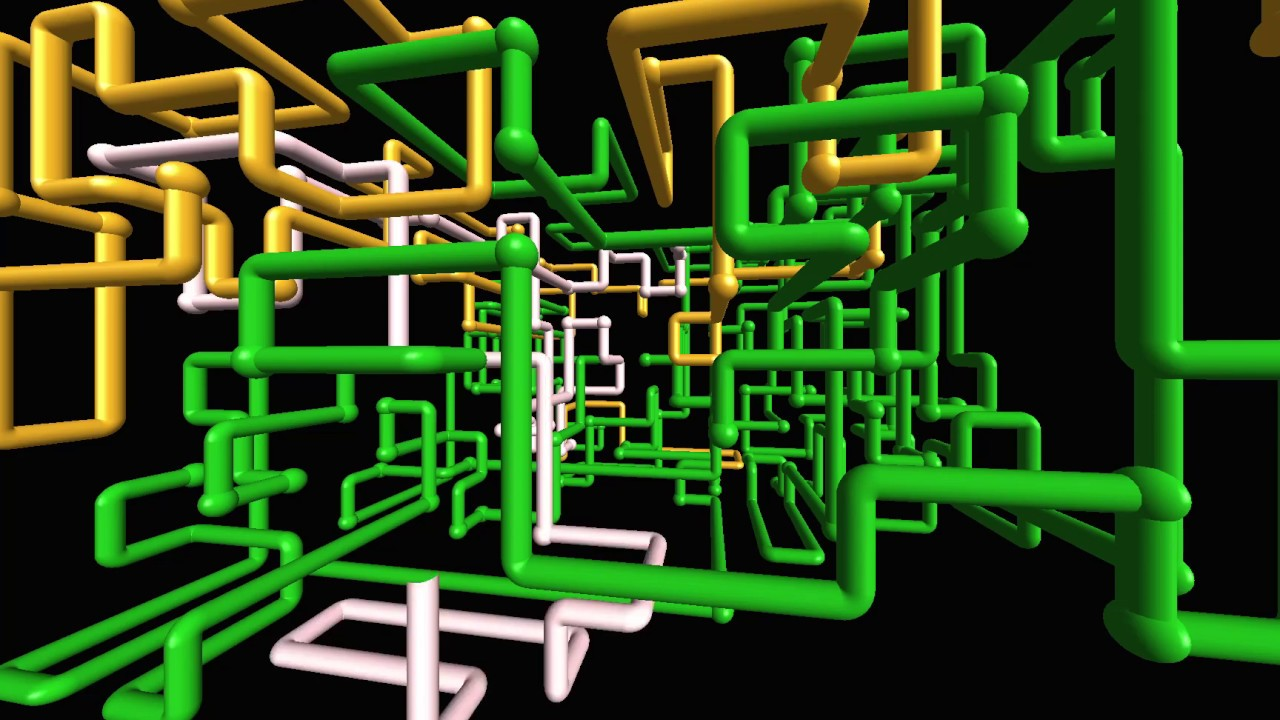


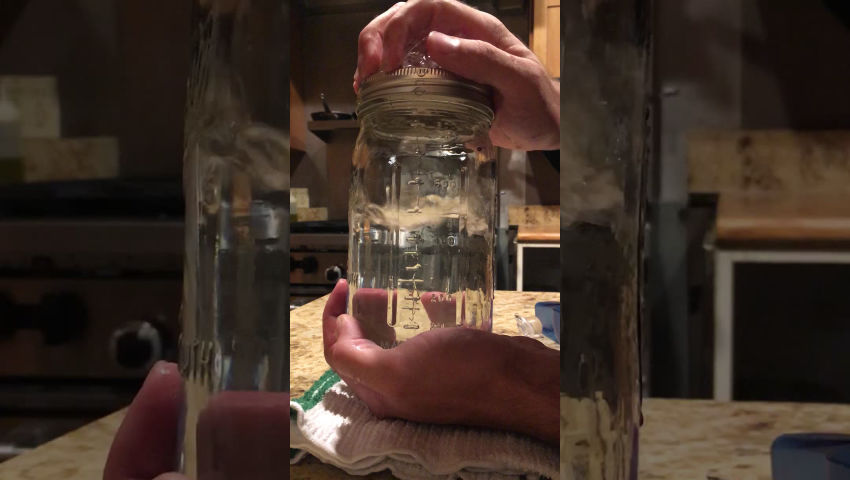





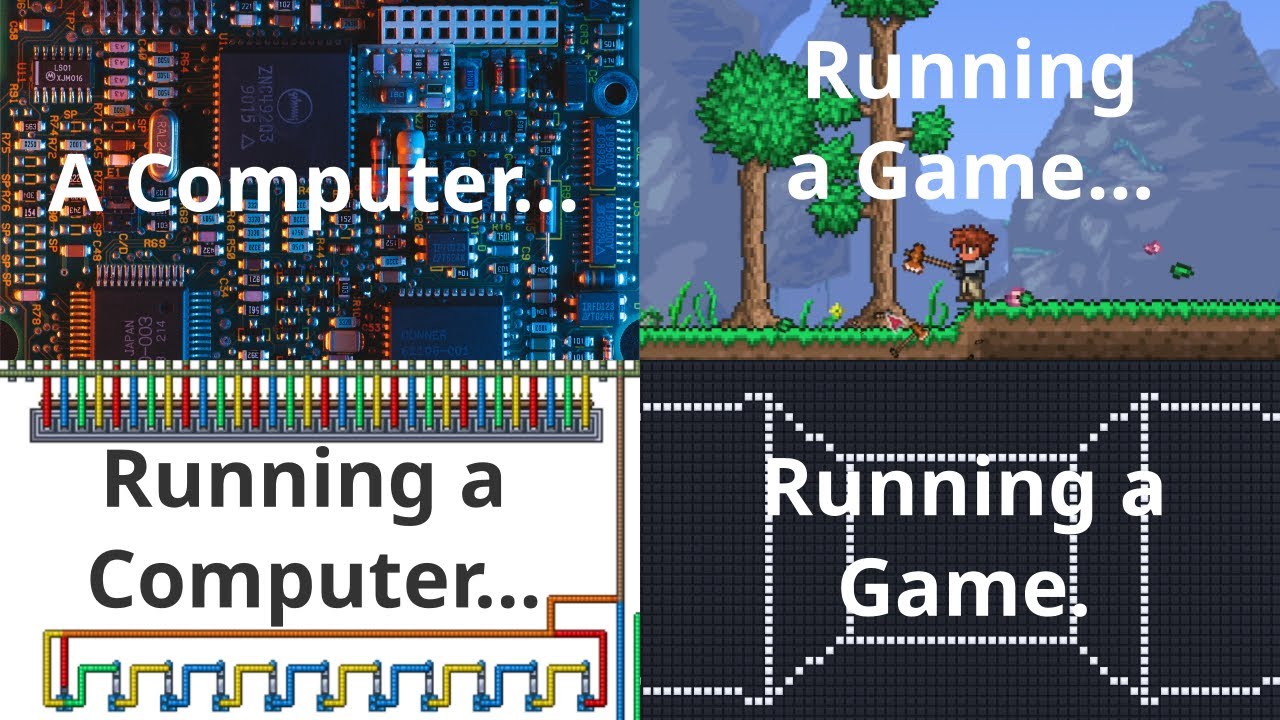

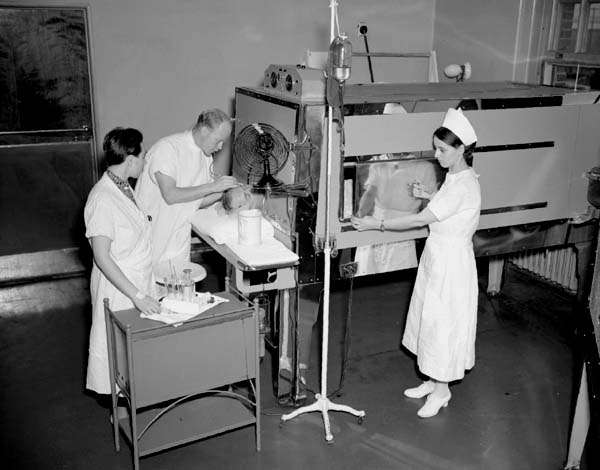
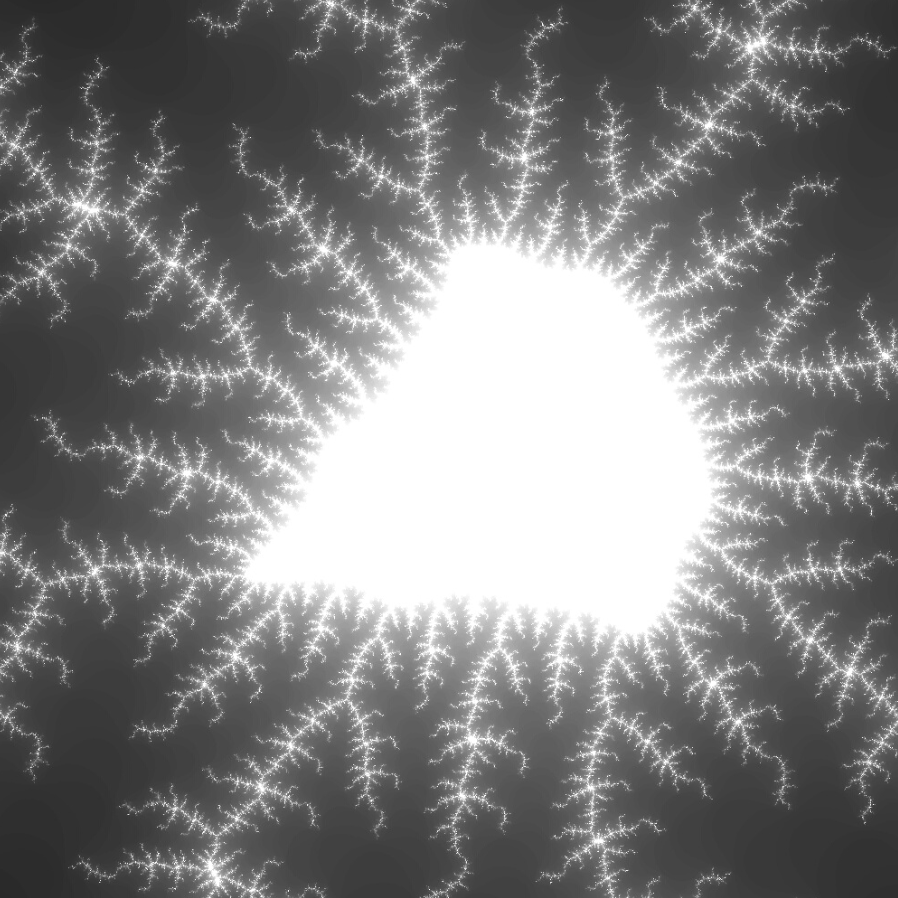

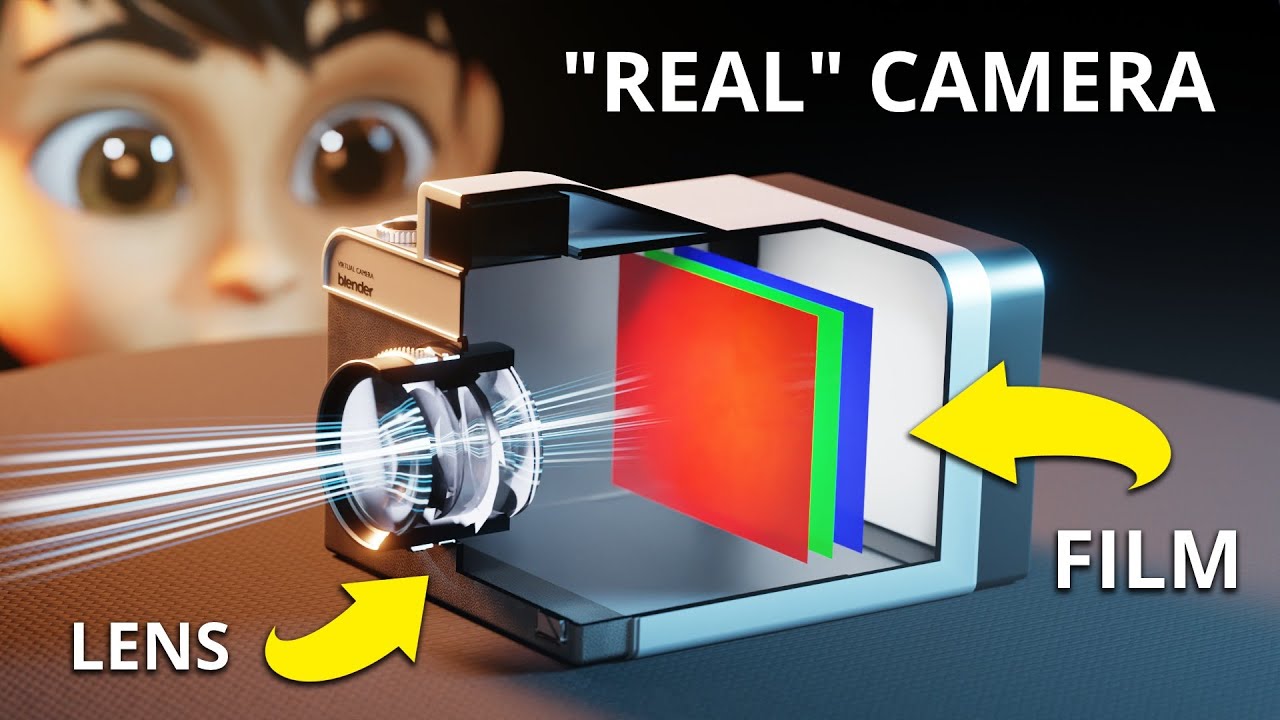
Do it! it is easy to do at home! Just wear some gloves and safety glasses, those jars can easily shatter during the heating process if you use too hot of a heat source. I recommend a glass top electric stove, or put some kind of metal plate between your jar and the burner to help spread out the heat. Once you seal the jar, take it off the heat right away, so it doesn’t build pressure. I boiled mine for a few minutes before sealing to try and get some of the devolved gasses out, and lightly set the lid on top to help the steam push out all the air.